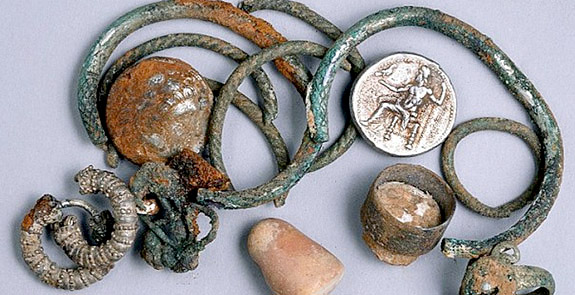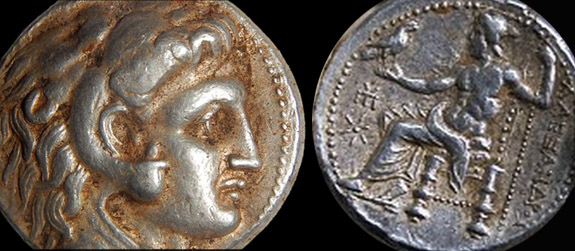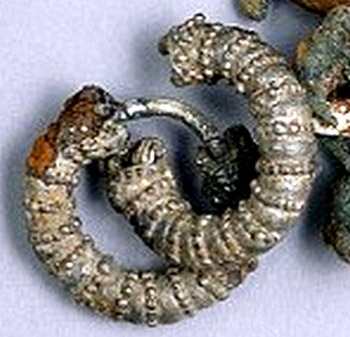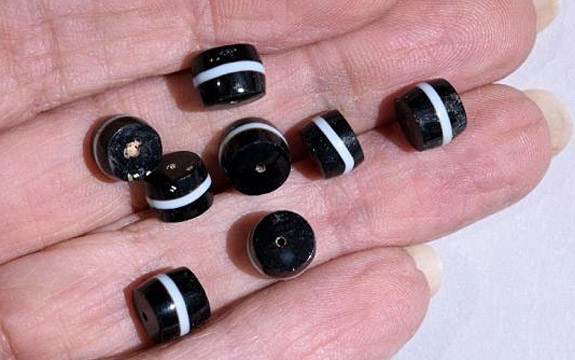
The jewelry included a pair of intricately crafted silver earrings, as well as unusual rings and an assortment of bangle bracelets. The coins feature an image of Alexander the Great, who conquered the region in the late fourth century B.C. The opposite side of the coin has an image of Zeus sitting on his throne, arm raised as if he were throwing a lightening bolt.

The earrings were of particular interest to the Israeli Antiquities Authority (IAA) due to their remarkably good condition and detailed workmanship.

IAA authorities believe that refugees hiding during a period of governmental unrest after the death of Alexander stashed the items in the cave with the intention of returning to claim them at a later time.
“Presumably, the cache was hidden in the hope of better days,” the IAA said in a statement, “but today we know that whoever buried the treasure never returned to collect it.”
Dr. Eitan Klein, deputy director of the Unit for the Prevention of Antiquities Robbery, noted that the quality of the items seem to indicate that the refugees may have been affluent. “The items were expensive, both in ancient times and today," he said, adding that the style of silver rings has not been seen before.

A set of agate beads found inside a clay oil lamp was particularly well preserved, according to Klein. "They look brand new, like they were just bought," he said.
Three members of the Israeli Caving Club — Reuven Zakai, his son Chen Zakai, and friend Lior Haloney — are credited with the discovery. After wriggling through a narrow passageway, Chen spotted a silver shiny object peeking out from a small crevice.
The jewelry and coins were originally stashed in a cloth bag, according the IAA. The bag had deteriorated after 2,300 years, but the silver jewelry and coins were in remarkably good condition and will give archaeologists new insights into the society of ancient Israeli.
The caving club members immediately reported their discovery to the IAA, which explored the site and found addition artifacts, some dating back 6,000 years.
The exact location of the find will remain a secret to prevent looting.
Images: Israeli Antiquities Authority; screen captures via CNN.com.
No comments:
Post a Comment